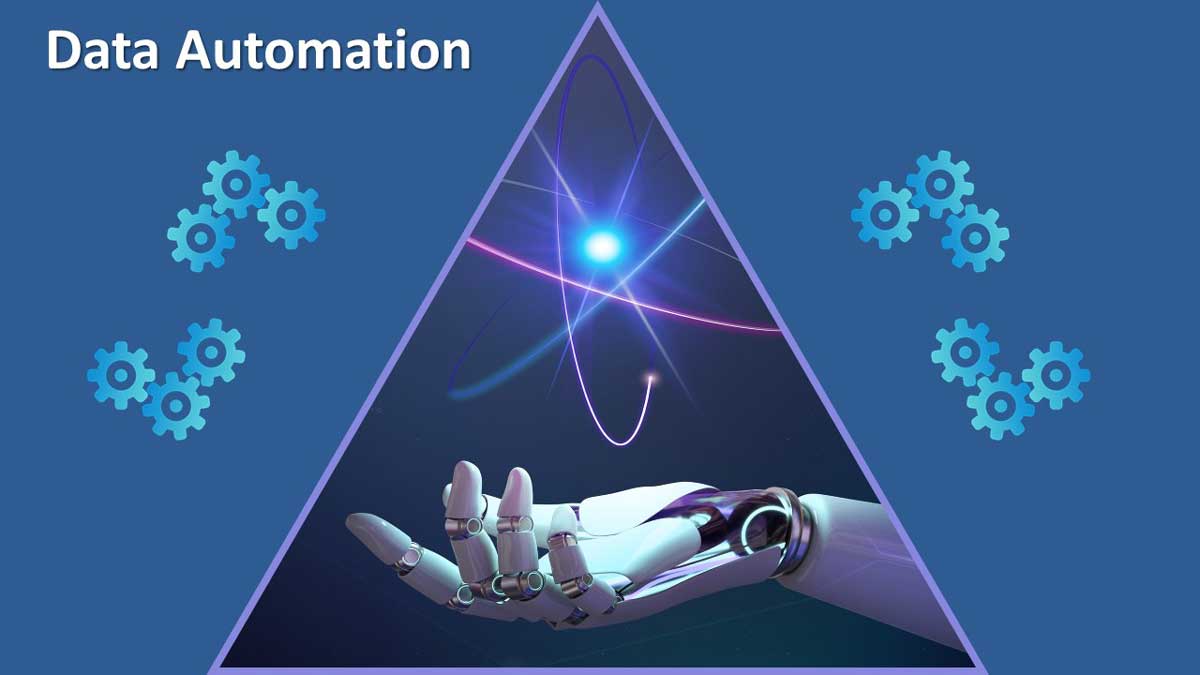Harnessing AI for Data Lineage Automation
Every day, colossal amounts of data flow through the intricate networks of organizations, shaping decisions, driving strategies, and fueling innovations. With this influx of data, there comes a dire need for efficient data management and tracking of data lineage automation.

Data lineage provides transparency and control over data flow within an organization. It traces the origin, transformation, and destination of data, shedding light on its journey from raw input to actionable insights. This transparency serves several vital purposes:
- Maintaining data quality and integrity
- Compliance and auditing
- Troubleshooting data errors or discrepancies
- Optimizing data flow
Traditionally, creating and maintaining data lineage maps has been a labor-intensive and error-prone task. However, using AI to automate data lineage has brought a huge transformation. Amazon uses AI to suggest products from user data. Some sites use AI chatbots for instant customer support using natural language.
AI-Powered Data Lineage Automation
With its capacity to analyze and learn from data patterns, AI can streamline the entire data lineage process. Here’s how AI can be harnessed for automating data lineage:
1. Data Mapping
Mapping data lineage manually can be a Herculean task. AI-driven tools can automate your Data Lineage Mapping by analyzing data transformations and relationships. For instance, if data is extracted from a database, transformed through an ETL (Extract, Transform, Load) process, and loaded into a data warehouse, AI algorithms can create a visual representation of this entire journey.
2. Data Discovery
AI can automatically discover and catalog data sources within an organization. This includes structured data in databases, unstructured data in documents, and even data residing in legacy systems. Advanced machine learning algorithms can also scan through vast data repositories, tagging and categorizing data assets.
3. Real-time Updates
Data is not static; it constantly evolves. With AI-powered data lineage automation, you get real-time updates, ensuring that data lineage maps remain accurate even as your data flow changes. This is particularly crucial in dynamic business environments.
4. Impact Analysis
When changes are proposed to data pipelines or systems, AI can predict the potential impact on downstream processes. This proactive analysis can help your organization make informed decisions and reduce the risk of unintended consequences.
5. Data Quality Monitoring
AI can continuously monitor data quality by analyzing lineage maps. If data quality issues are detected, automated alerts can be generated, allowing your data officer to take corrective action promptly.
How to Harness AI for BI Systems
Ever thought about what happens when data is fed into your Business Intelligence (BI) systems? This plays a pivotal role in data-driven decision-making. Now, let’s talk about how AI automation can be applied here.
1. Source to Insight Mapping
In a BI system, data travels from multiple sources to generate insights. AI can precisely map this journey. It can identify the sources, transformations, and visualization layers within the BI system. This mapping helps you understand the data’s path from raw data to the final dashboard or report.
2. Optimizing Data Transformation
BI systems often involve complex data transformations to present information in a user-friendly format. AI can analyze these transformations and suggest optimizations to enhance report generation speed and accuracy. For example, it can identify redundant calculations or recommend more efficient data preprocessing steps.
3. Data Governance
Ensuring data quality is a top priority in BI systems, as inaccurate or inconsistent data can lead to flawed insights or regrettable decisions. AI can continuously monitor data quality within BI pipelines, flagging anomalies and discrepancies. Data officers can then use this information to maintain data integrity.
4. Enhancing User Experience
AI can also personalize BI experiences by analyzing user interactions and preferences. It can recommend relevant reports, dashboards, or visualizations to individual users, enhancing their experience and increasing the likelihood of valuable insights being extracted.
5. Predictive Analytics
Who would have thought that AI would be predicting the future for us humans? Well, by analyzing historical data lineage automation, AI models can make predictions about future data trends. We can use such insights to make strategic preparations for the future.
In short, using AI to automate data lineage in BI systems not only improves efficiency but also empowers organizations to derive more excellent value from their data. It transforms BI from a static reporting tool into a dynamic, proactive analytics engine. Beat that!
Challenges and Considerations
While AI-driven data lineage automation offers numerous benefits, we must also be wary of the potential challenges and considerations including data privacy, security, and the need for a highly-skilled workforce to leverage automation correctly. Also, AI is only as good as the data it analyzes. Organizations must therefore maintain high-quality data to derive accurate insights from AI-driven lineage maps.
As businesses continue to generate and consume vast amounts of data, there has not been any better time to harness AI for automating data lineage than now. It can just be the step you need to take to unlock the maximum potential of your data, drive innovation, and help you find market gaps to leverage. Competitiveness.
